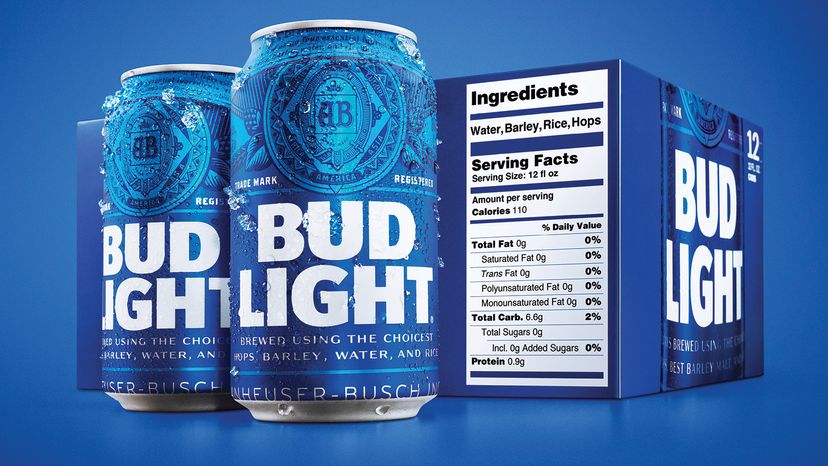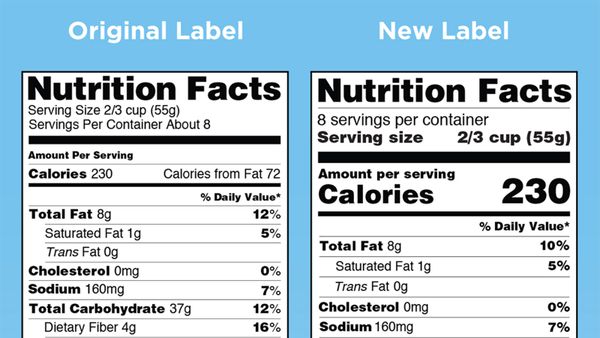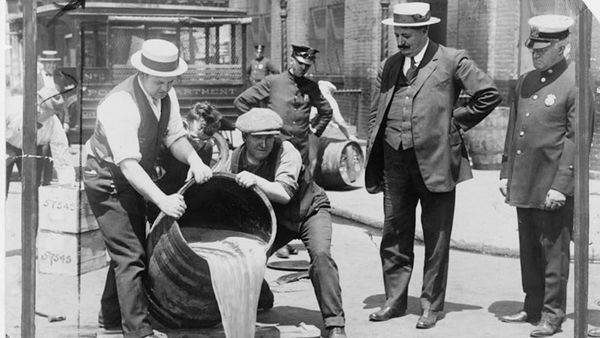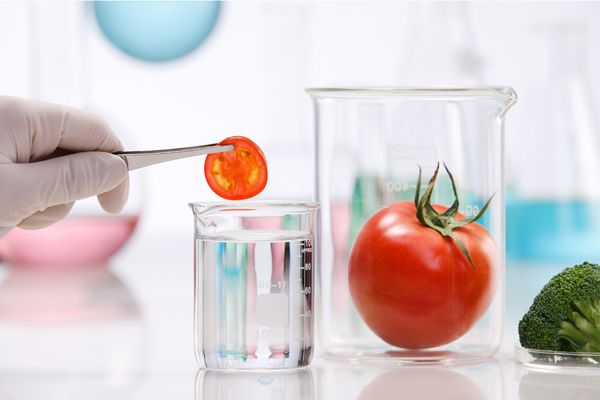
If you feel like you can't even consider consuming a candy bar without being confronted with its caloric content, you're right. The same thing goes for just about every piece of packaged food you see in stores, plus every bottled, canned or cartoned beverage: A Nutrition Facts label depicts detailed info on the amounts of fat, sugar, sodium and more found inside.
But while your favorite breakfast cereals, sodas and sandwich fixings are subject to this type of in-your-face transparency, you may have noticed that booze is typically off the hook, residing behind fact-less labels. So what gives?
Advertisement
The answer lies in the powers that be. While the Food and Drug Administration (FDA) regulates the safety of — you guessed it — food, including non-alcoholic beverages, it doesn't govern the alcohol industry. That honor belongs to the Alcohol and Tobacco Tax and Trade Bureau (TTB), an agency that doesn't require labeling.
While beer, wine and spirits companies aren't legally mandated to print the nutritional info on their products, consumer advocates have been calling for the TTB to change that. And it has, sort of. In 2013, the agency made nutrition labels optional for alcohol. But some health experts don't feel the move was bold enough.
As John Hopkins public health researcher Sara Bleich told Vox in 2015: "Many adults take in a tremendous amount of calories from alcohol, and they have no idea." She should know. Her work revealed that the average American regularly consumes 400 calories a day from alcohol alone.
The reasons behind the disparity in label requirements between the FDA and TTB goes back to Prohibition. When the ban on the production and distribution of alcohol in America came to an end, Congress passed the Alcohol Administration Act of 1935, which eventually led to the establishment of the TTB.
But its rules around labeling have historically been a bit messy. Substances that people might be sensitive to (like sulfites) have to be labeled, but other ingredients do not. Wines that contain 14 percent alcohol or more have to display alcohol content, while wines from 7 to 14 percent don't have to list alcohol content if they're considered "light" or "table."
Oh, and wines with less than 7 percent alcohol? Those aren't regulated by the TTB at all — those are under the jurisdiction of the FDA and so they're required to display Nutrition Facts labels. Confusing, no?
A few brands — Corona Light, Guinness, Heineken and Coors Light — do put calories and some nutrition info (though not the ingredients) on their bottles or packaging, but it's typically very small or hard to find. You might even have to look on the bottom of the six-pack to find it. (Who looks there?) Bud Light, on the other hand, began voluntarily including obvious labels listing its beer's calories, fat, carbohydrates and protein per serving, as well as ingredients, in February 2019. Since then, Anheuser-Busch has added similar labeling to some of its other Bud Light line beers, including Bud Light Lime, Bud Light Orange and Bud Light Lemon Tea.
Change is brewing though, at least in the beer industry: Industry leaders including Anheuser-Busch, MillerCoors, HeinekenUSA, Constellation Brands Beer Division, North American Breweries and Craft Brew Alliance, which produce more than 81 percent of the volume of beer sold in the U.S., have agreed to voluntarily display nutrition facts by 2020. Cheers!
Advertisement


